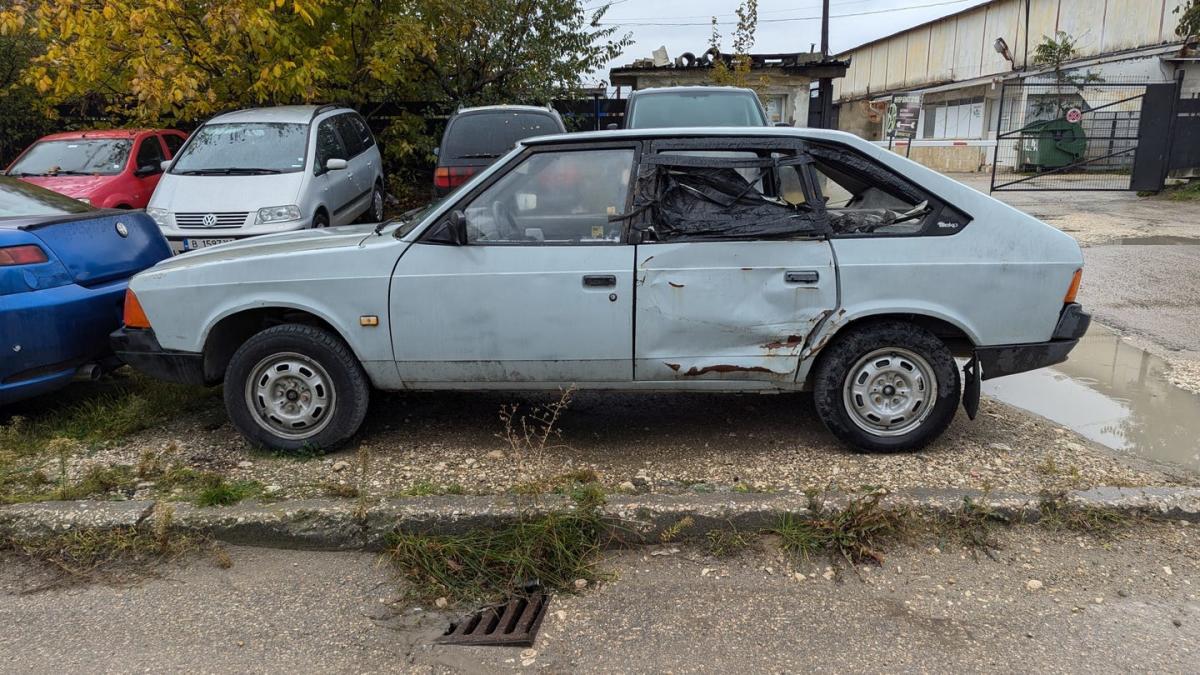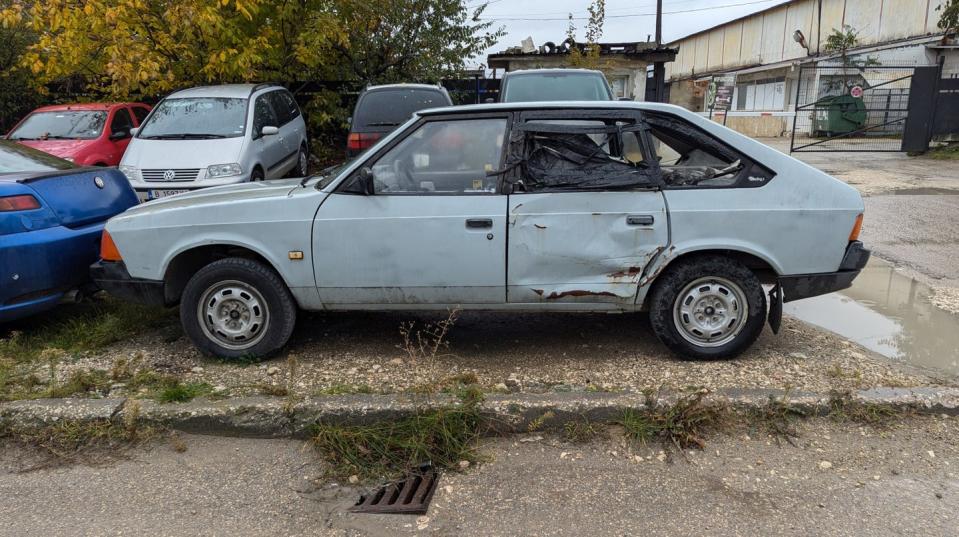
Aleko 2141 Hatch Is Down on the Bulgarian Street Murilee Martin
I visited Japan and Bulgaria within the space of a few weeks, so let’s switch from interesting street-parked JDM machinery back to interesting USSRDM machinery now. Today’s Down on the International Street vehicle offers us a snapshot of the Gorbachev-era Soviet automotive industry, found parked on the street in Varna, Bulgaria.
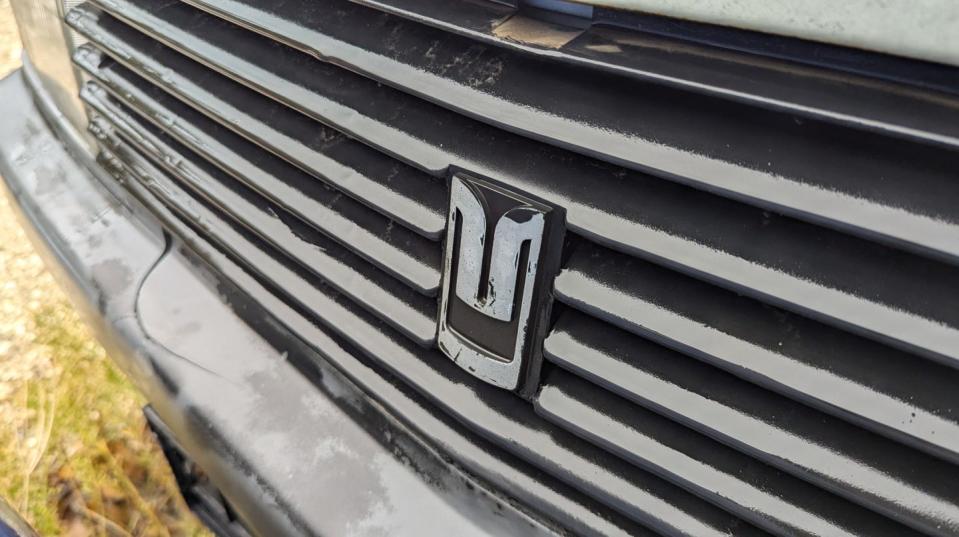

Murilee Martin
This car is a member of the Moskvitch-2141 (Москвич-2141) family, the first genuinely modern Moskvitch model produced by the AZLK factory in Moscow (AZLK is the romanized version of АЗЛК, which stands for Автомобильный завод имени Ленинского Комсомола, or Automobile Factory of Lenin’s Youth Organizations). You know you’re dealing with a serious Soviet machine when Vladimir Ilyich Ulyanov‘s pseudonym is part of the manufacturer’s name!
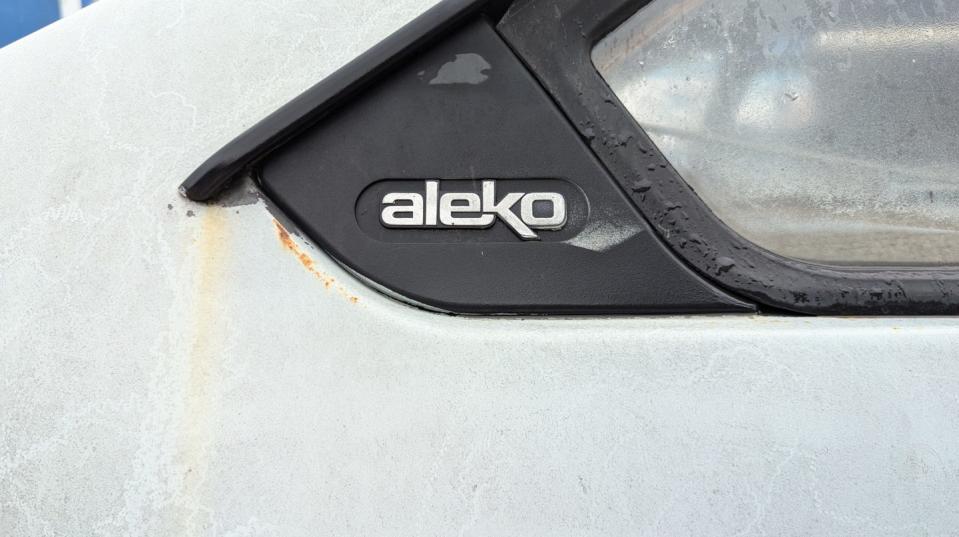

Murilee Martin
The Aleko model name is derived from the manufacturer’s name (АЛЕКО/АЗЛК) and it was sold in the Soviet Union as well as global export markets. The Aleko was license-built in Bulgaria during the late 1980s as well, and this might be one of those cars… but I gave up on identifying its origin or even rough model year after many hours down Warsaw Pact automotive history rabbit-holes (my opinion is that if Andy Thompson’s definitive Cars of the Soviet Union doesn’t have the answer, nobody online will). My best guess is that it was built during the late 1980s through early 1990s, but you never know with all the mix-and-match parts-swapping that savvy Bulgarians (and Russians) do with their vintage cars.
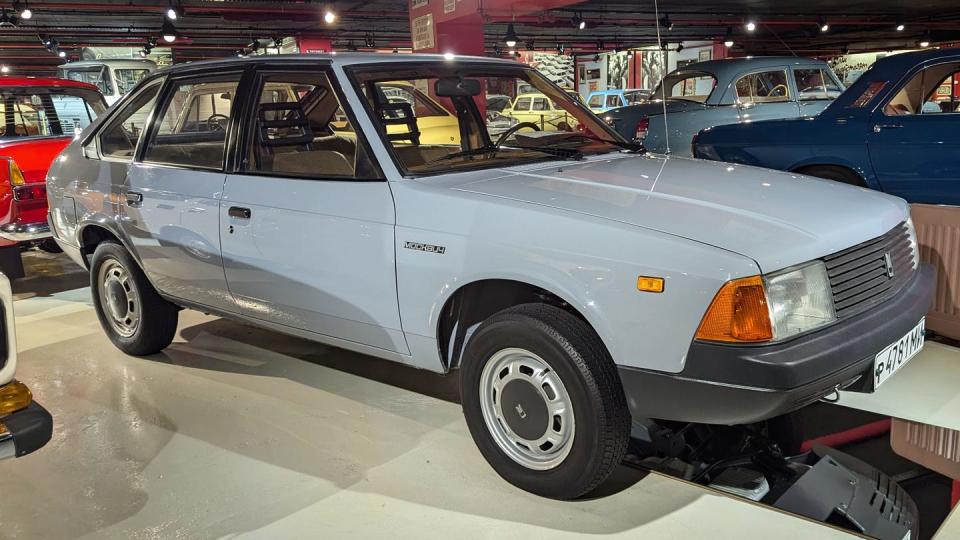

Murilee Martin
This car is essentially identical to the Moskvitch-2141 (I shot this one at the incredible Retro Museum in Varna; you’ll see more on that stunning collection of Cold War artifacts here soon). Production of this family of cars continued well into our current century. In fact, you can still buy a new Moskvitch (which means “resident of Moscow”) in Russia right now. Or maybe you can’t, who can say in these interesting political times?
Story continues
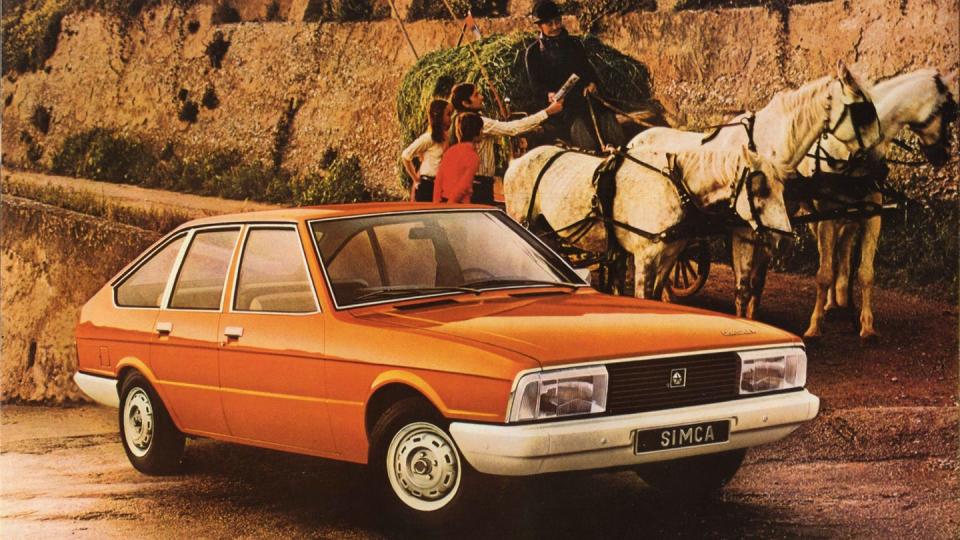

Simca
Sharp-eyed readers may have noticed the Moskvitch-2141 hatchback’s uncanny resemblance to the Simca 1307, and that’s no coincidence. Either AZLK worked with engineers at Simca (at the time having been purchased recently from Chrysler Europe by Peugeot and in the process of having the brand and its designs phased out) or those crafty Soviets simply bought a few Simca 1309s or Talbot Solaras or Chrysler Alpines (or whatever detritus-of-Chrysler-Europe 1307-derived models were most cheaply obtained on the fringes of the Peugeot Empire) and then borrowed the body design because— as Stalin would have put it— how many divisions does Peugeot have? If any of you know for sure whether the 1307’s body design was given to, sold to, or stolen by AZLK during the fog of the Andropov/Chernenko-era Soviet Union, please let us know.
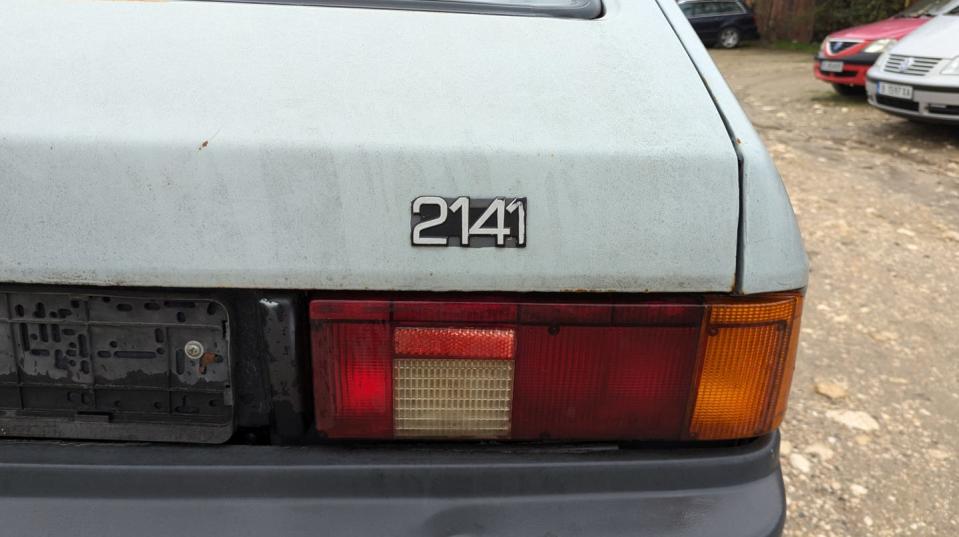

Murilee Martin
In any case, AZLK developed the chassis and powertrain on its own. This car has a longitudinally mounted engine installed far forward in the engine compartment, bolted to a five-speed manual transaxle to the rear and driving the front wheels via horizontal axle shafts. This design is similar to those seen in the Audi 80 and Renault 20, but with the axles going through big openings in the strut towers.
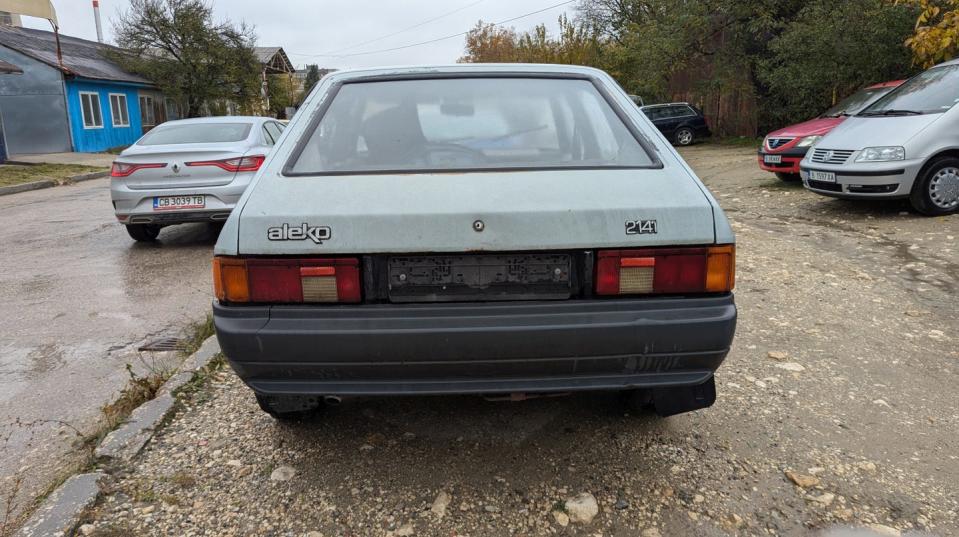

Murilee Martin
Aleko engines were all straight-fours, including some of the same VAZ mills that went into the VAZ-2101/Lada as well as various UZAMs lifted from Moskvitch and IZh trucks, plus (you probably saw this coming) Ford Endura and Peugeot XUD diesels. When you want a lot of automotive history in one car, I’ve got you covered.
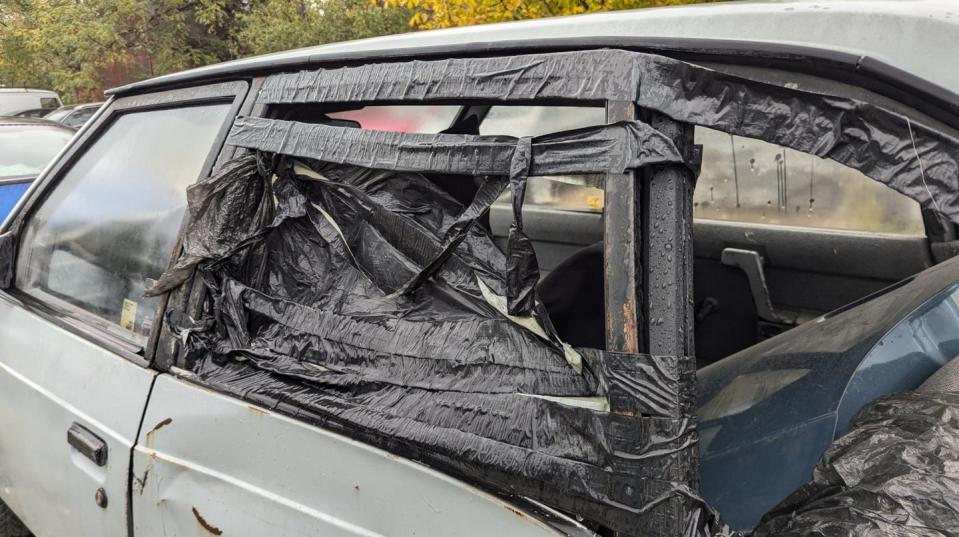

Murilee Martin
This Aleko has insurance stickers from the early 2020s and it seems affiliated with some nearby repair shops, so it may be put back on the road in the near future. Bulgarian car owners are resourceful, so this car’s next owner should be able to repair the damage caused by leakage through this temporary window.
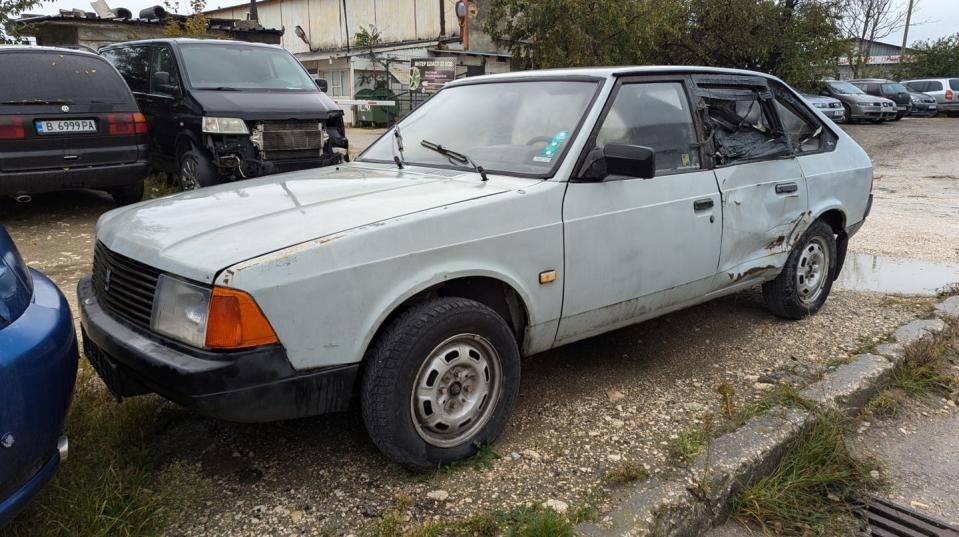

Photo credit: Murilee Martin
The Aleko story has so many final-days-of-Soviet-Union plot twists that we can’t possibly cover them all here. Short version: it’s a front-wheel-drive Moskvitch-2141 hatchback with body borrowed from— or maybe inspired by— the Simca 1307.
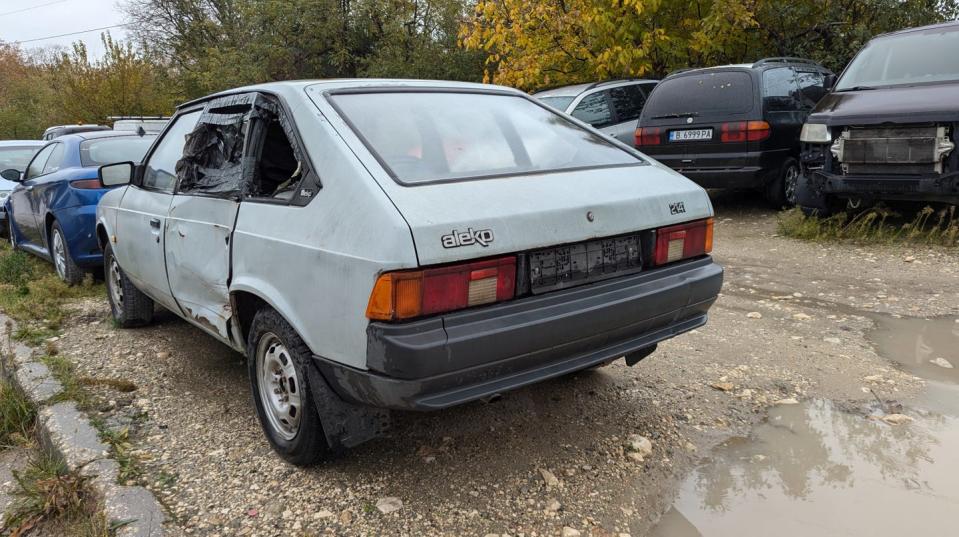

Photo credit: Murilee Martin
I spotted this one parked in a sort of holding area for a bunch of local car dealerships in Varna, Bulgaria.


Photo credit: Murilee Martin
This is the Moskvitch logo. Moskvitches were built by the AZLK factory, the name of which is the Romanized version of АЗЛК, acronym for the Автомобильный завод имени Ленинского Комсомола (Automotive Factory of Lenin’s Youth Group).
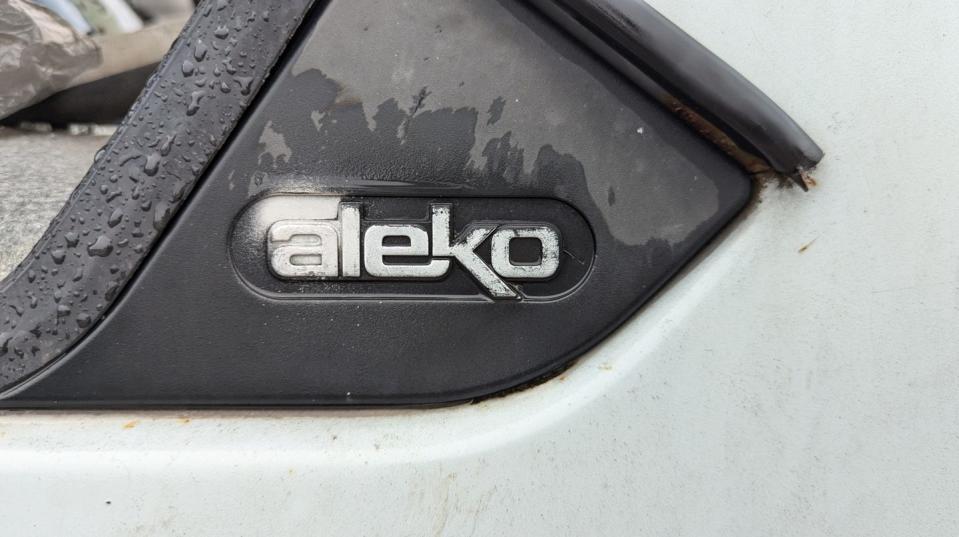

Photo credit: Murilee Martin
The Aleko name is a quasi-acronym also derived from the factory name, because why not?


Photo credit: Murilee Martin
These cars were built in Bulgaria for a period during the late 1980s, and that may or may not be the origin of this one. There are so many variations in the naming for this family of cars (just mix-and-match various combinations of AZLK, Moskvitch, Lada, Aleko, 2141, 2142, 214122, 214100 and Cyrillic spellings thereof) that it made my head swim trying to sort out exactly what this car is.
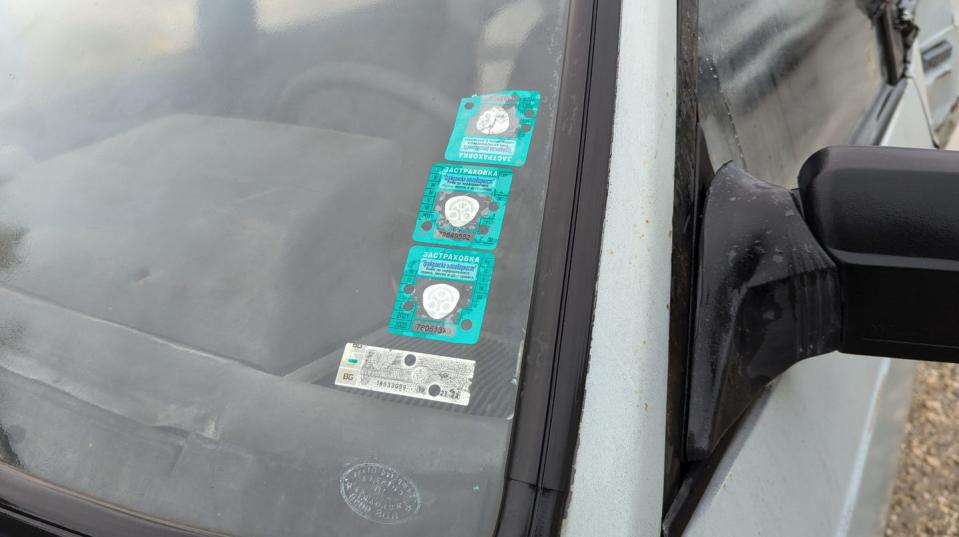

Photo credit: Murilee Martin
The insurance stickers show that it was running (legally, at least) as recently as a few years ago.


Photo credit: Murilee Martin
These cars were notorious for electrical problems and body leakage, but they were cheap and abundant during the lean years after the collapse of the Soviet Empire.
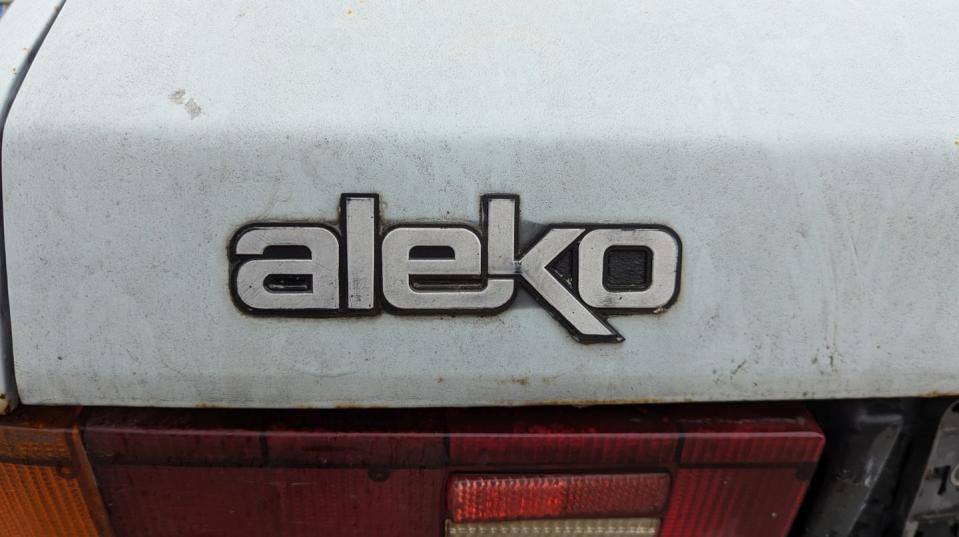

Photo credit: Murilee Martin
If you’re looking to own one of these historically fascinating machines, there’s one available for $19,295 in Massachusetts at the time of this writing.
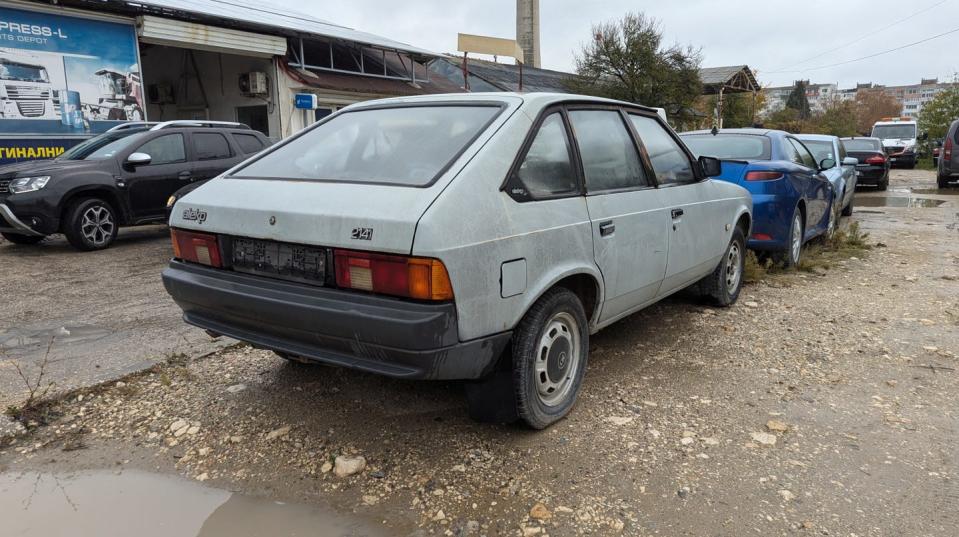

Photo credit: Murilee Martin
I can’t figure out (from sources up to and including Andy Thompson’s definitive Cars of the Soviet Union) whether Simca (then owned by Peugeot) gave or licensed the body design to AZLK during the Soviet era, or whether those commies just straight stole it.
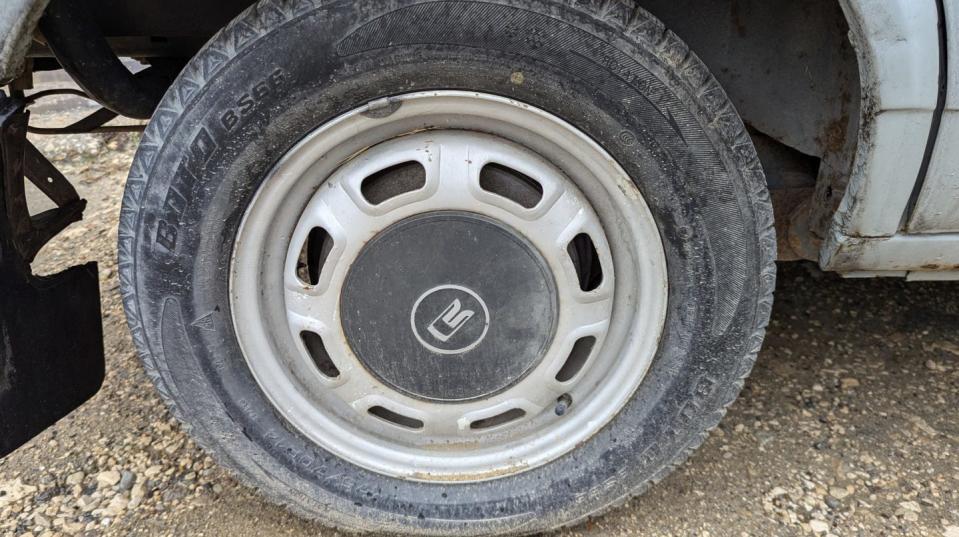

Photo credit: Murilee Martin
By the time the USSR collapsed and the Berlin Wall fell, Peugeot was just about done with the remnants of Simca engineering that it had bought from Chrysler Europe, anyway.
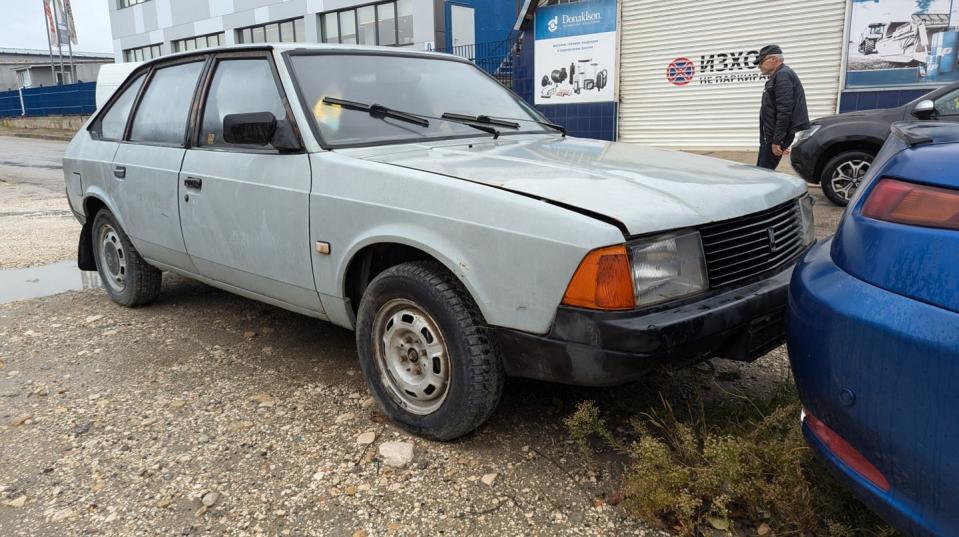

Photo credit: Murilee Martin
Not as bulletproof as the good old VAZ-2101 Lada, but still functional transportation for Bulgarians with few lev in their wallets.
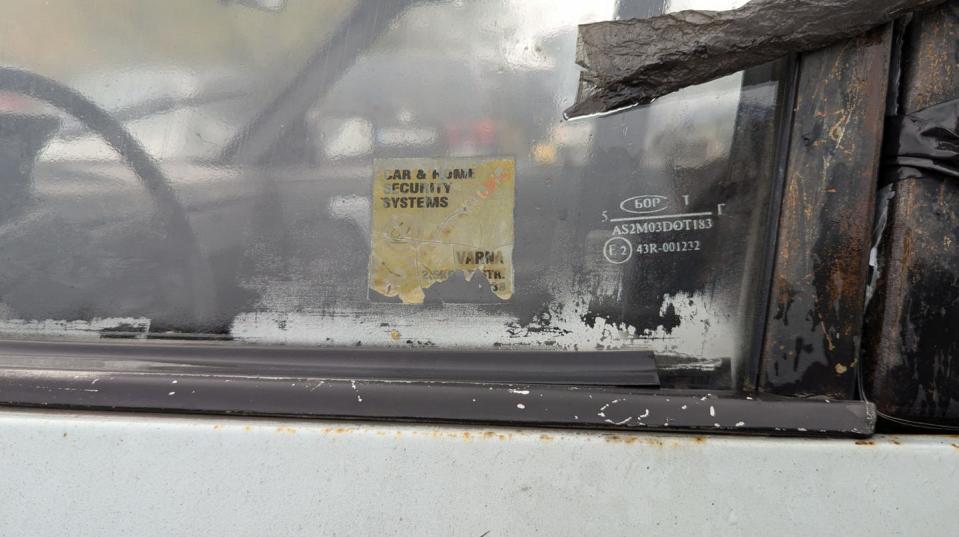

Photo credit: Murilee Martin
Along the way, this car’s owner had a Varna alarm company install a system in this car.
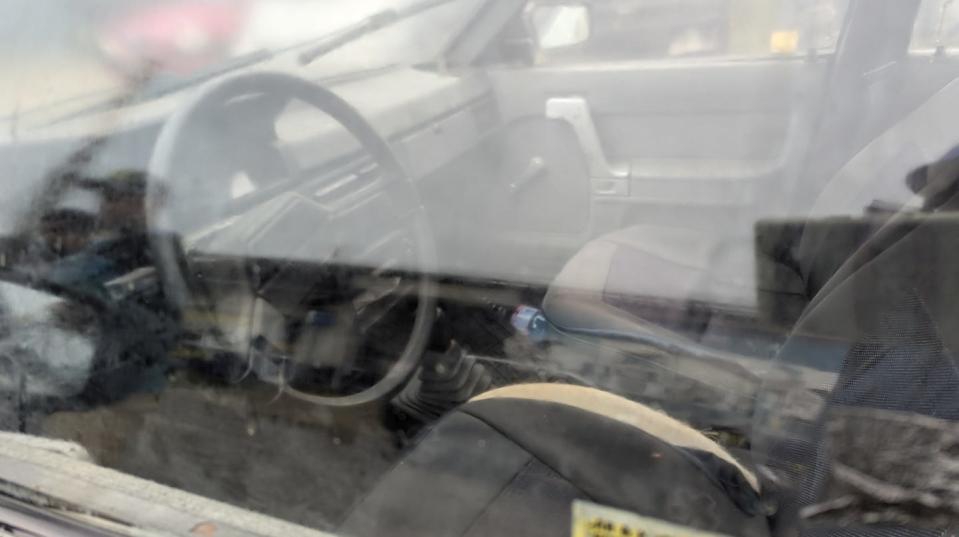

Photo credit: Murilee Martin
